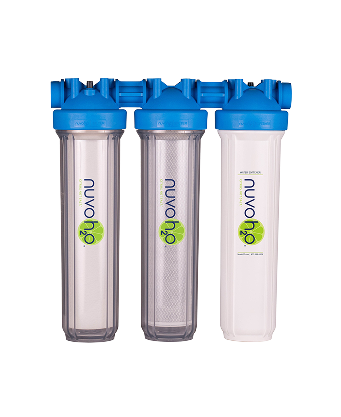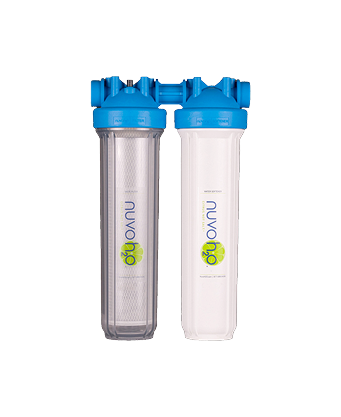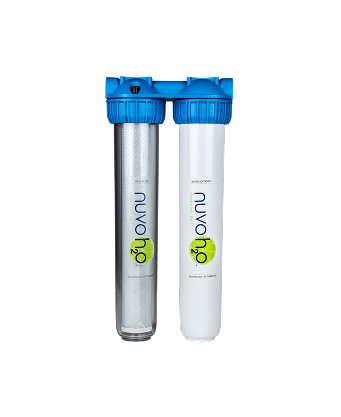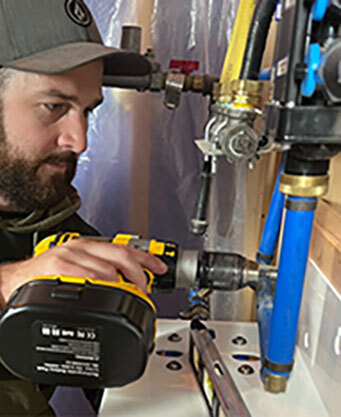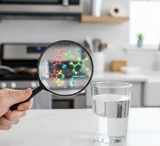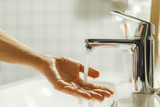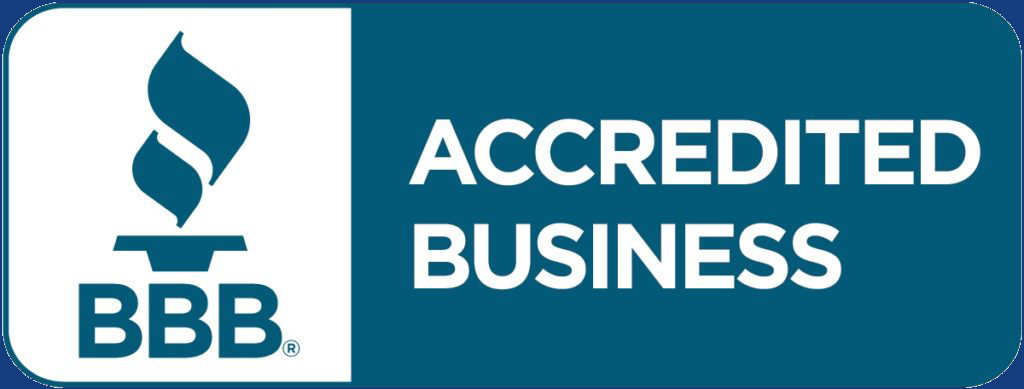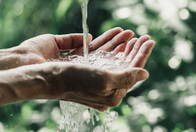
Chloramine in Your Water: How to Filter It Out Effectively
8th Sep 2025
If you’ve been digging into what’s in your tap water, you’ve probably come across the term chloramine, and maybe even found out your water supply uses it. You’re not alone. More than 20% of Americans get municipal water treated with chloramine instead of chlorine.
It’s there to kill bacteria, viruses, and other harmful microorganisms. But just because it’s useful for keeping water safe doesn’t mean you want to drink, cook, or bathe in it. That’s where knowing how to remove chloramine from water becomes important.
This guide will walk you through what chloramine is, why it’s in your water, the issues it can cause, and, most importantly, the most effective ways to get it out.
Key Takeaways
- Chloramine is widely used in U.S. municipal water for its long-lasting disinfectant properties, but it can cause taste, odor, skin, and plumbing issues.
- Boiling is not an effective way to remove chloramine.
- Reverse osmosis can help at a single faucet, but catalytic carbon whole-home systems are the best for comprehensive removal.
- The right chloramine water filter can also handle chlorine removal, improve taste, and protect your home.
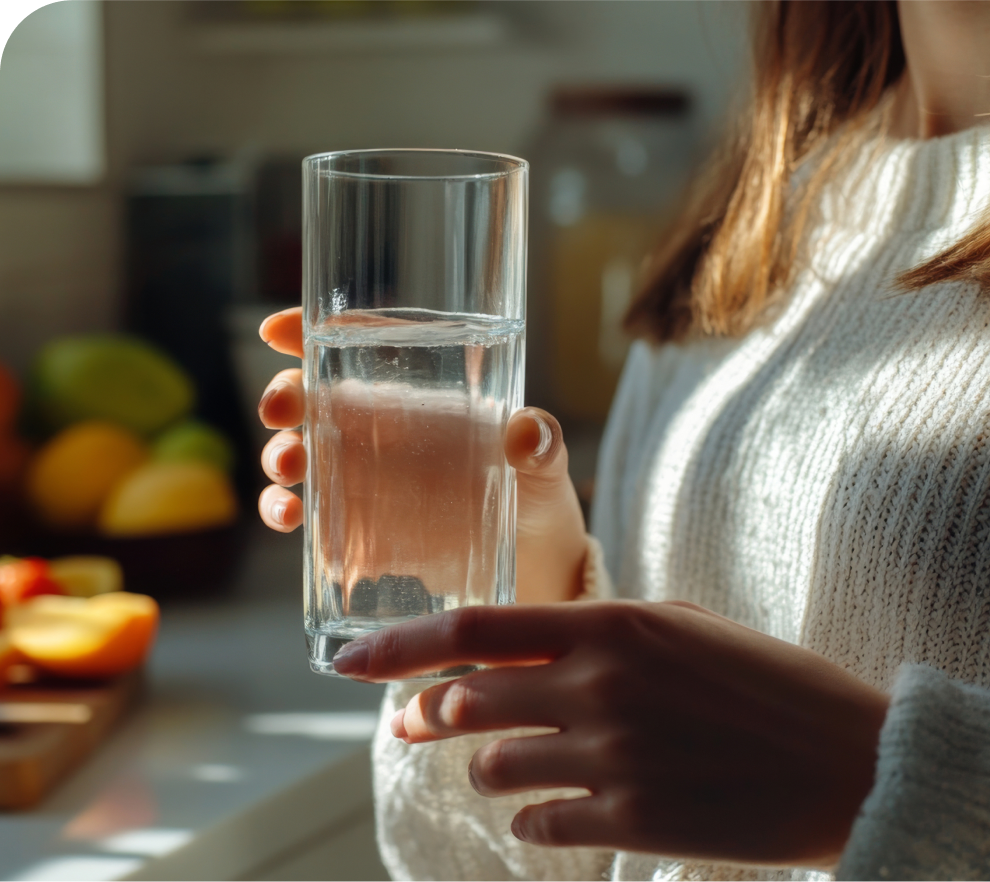
What Is Chloramine, and Why Is It in Your Water?
Chloramine is a disinfectant created by combining chlorine and ammonia. Water treatment plants use it because it’s more stable than chlorine, meaning it stays active longer as water travels from the plant to your home.
While chlorine tends to dissipate quickly, chloramine can linger for days in the system. That’s good for killing microbes along the way, but it also means you’re more likely to taste, smell, and feel its effects at the tap.
Why You Might Want to Remove Chloramine
Municipal water with chloramine is considered safe to drink at levels up to 4 mg/L, according to the EPA. But “safe” on paper doesn’t mean it’s ideal for everyday use. Many people look for chloramine removal from water because they’ve noticed:
- Skin and eye irritation: Especially for those with eczema, psoriasis, or other sensitivities.
- Unpleasant taste and odor: Chloramine can give water a flat, metallic, or pool-like note.
- Plumbing wear: It can corrode copper and brass over time, and degrade rubber seals and gaskets.
- Impact on pets and plants: Chloramine is toxic to fish and can interfere with hydroponic systems.
- Heavy metal leaching: In older plumbing, it can increase lead or copper release.
If you’re wondering how to get chloramine out of water, the right filtration system is your best bet.
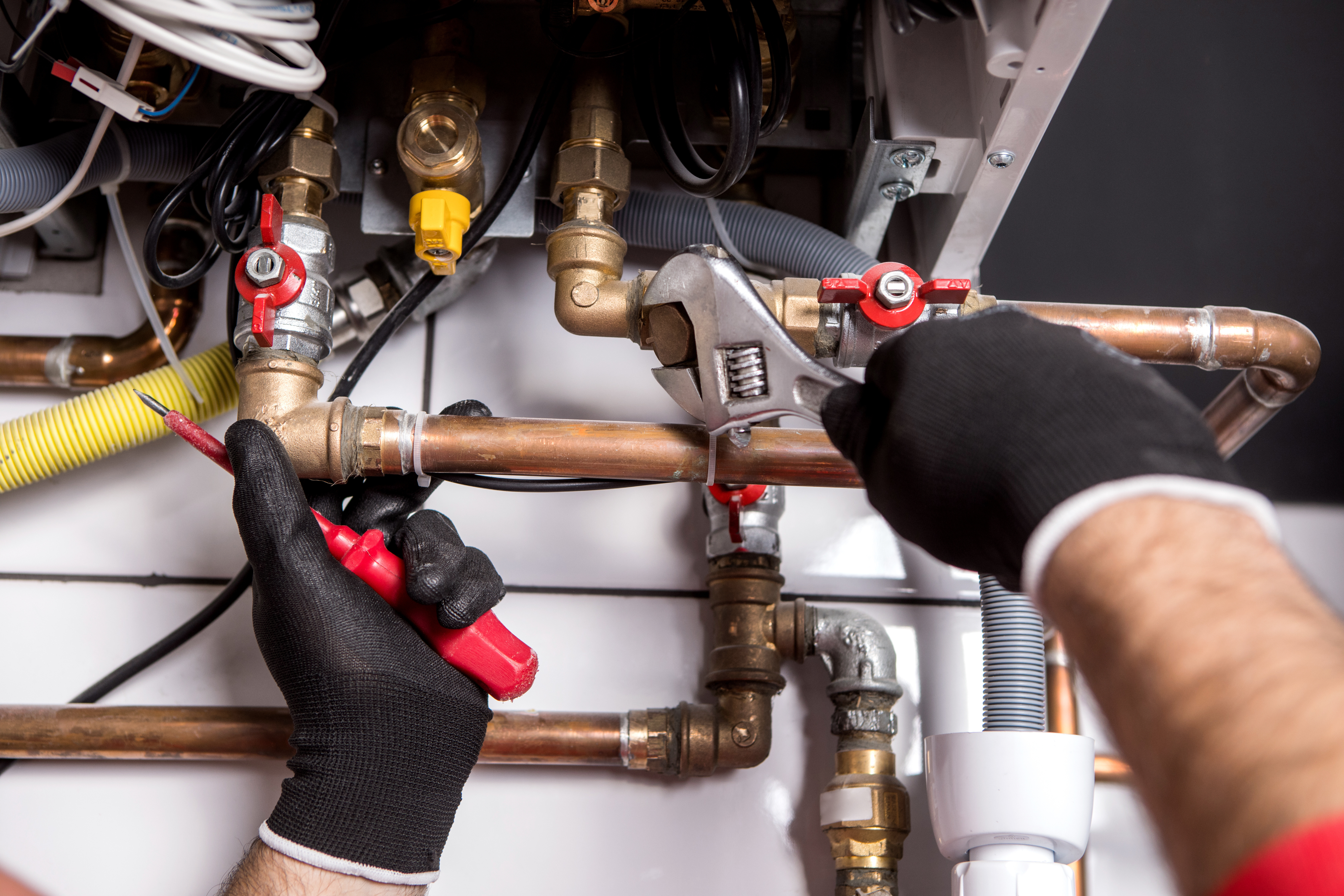
Does Boiling Water Remove Chloramine?
This is one of the first questions people ask, and the answer is not effective.
With chlorine, you can sometimes boil water for 15–20 minutes to drive it off. But chloramine is far more stable. Boiling will only remove it slowly, and you’d need hours of boiling to make a dent. Plus, as it breaks down, it can release vapors into the air.
If you’re serious about chloramine removal, boiling isn’t a practical or safe long-term method.
Does Reverse Osmosis Remove Chloramine?
Yes, but with help. The reverse osmosis (RO) membrane itself doesn’t directly remove chloramine. Instead, RO systems use one or more carbon pre-filters to handle it before the water reaches the membrane.
Because RO works slowly (filtering water drop by drop), the contact time with carbon is long enough to reduce chloramine levels. This makes RO a good choice for how to remove chloramines from water at a single tap, like your kitchen sink.
The downside? Unlike a system like a salt-free water softener, RO is typically point-of-use, not whole-home. It won’t help with shower water, laundry, or other uses where chloramine still matters. You can check out our comparison of the two systems here!
The Best Filters for Chloramine Removal
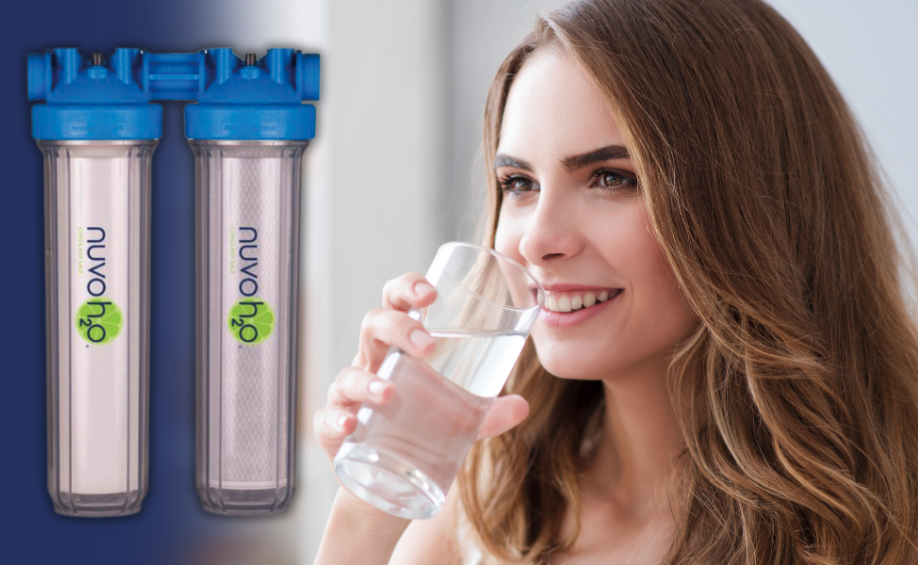
If you’ve tried a basic pitcher filter or standard activated carbon filter, you’ve probably noticed it doesn’t make much difference. That’s because chloramine’s chemical stability means it takes more time and a different type of carbon to break it down.
Here are the most effective options:
1. Catalytic Carbon Filters
A catalytic carbon chloramine filter is the gold standard for how to remove chloramine from tap water throughout your home. Catalytic carbon is like activated carbon that’s been “supercharged” to trigger a chemical reaction that splits chloramine into harmless components.
These systems:
- Work at the point of entry so all your home’s water is treated
- Reduce chloramine as well as chlorine, VOCs, and other contaminants
- Protect plumbing and appliances while improving taste and feel
2. Reverse Osmosis Systems
Best for drinking and cooking water, reverse osmosis chloramine filters use carbon stages to handle chloramine before ultra-fine filtration through the membrane.
- Pros: Excellent purification for one faucet.
- Cons: Doesn’t cover the rest of the home.
3. Specialized Whole-Home Filtration
Systems that combine catalytic carbon with other filtration stages—like sediment pre-filters and UV sterilization—give you comprehensive water protection. If you’re also battling hard water, pairing chloramine removal with a salt-free water softening system offers a complete solution.
How to Get Rid of Chloramines from Your Water at Home
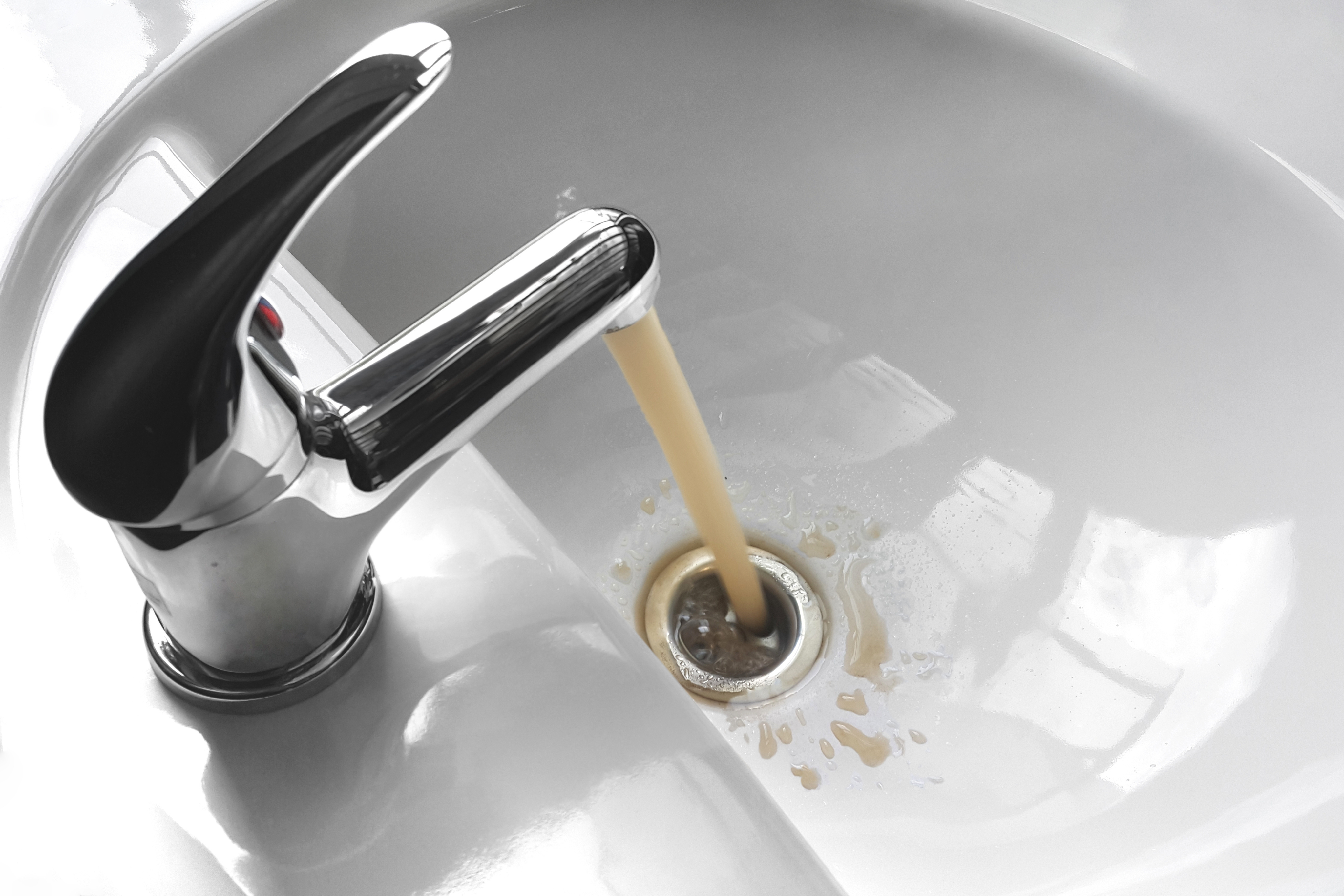
The right method depends on whether you want to treat just your drinking water or all the water in your home.
- For drinking water only: A high-quality reverse osmosis system or under-sink catalytic carbon filter is a solid choice.
- For whole-home chloramine removal: Go with a catalytic carbon whole-home filter or a system like NuvoH2O’s that treats every drop as it enters your house.
Whole-home systems are especially important if you want relief from skin irritation in the shower, better water for laundry, and protection for plumbing.
Why a NuvoH2O System Is a Smart Move
NuvoH2O’s whole-home chloramine water filters are designed to do more than just target one contaminant. They combine catalytic carbon filtration with salt-free softening, meaning you also get scale prevention, plumbing protection, and better-tasting water, all without salt, wastewater, or electricity.
With NuvoH2O, you can:
- Remove chloramine before it reaches your taps
- Enjoy chlorine removal and improved taste and smell
- Keep beneficial minerals in your water
- Avoid the hassle of salt bags or complex maintenance
- Get clean, soft water that’s easier on skin, hair, and your home
If you’re ready to stop wondering how to remove chloramines from water and start enjoying better water at every tap, you can explore NuvoH2O’s whole-home solutions here, as well as read our guide on the Home Trio System.

